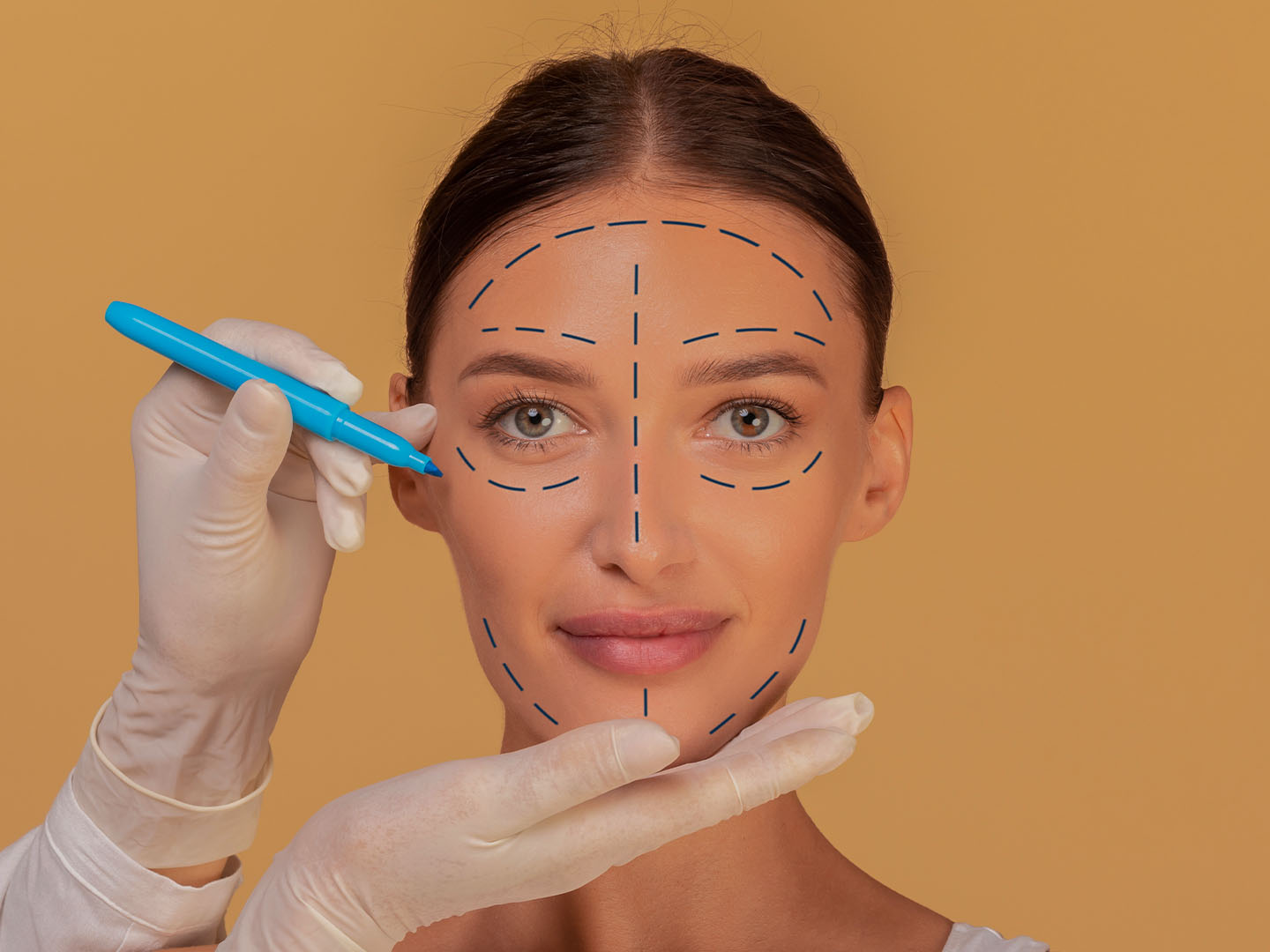
As demand for minimally invasive aesthetic procedures continues to grow, the liquid face lift has become a cornerstone in modern facial rejuvenation. Rather than replacing traditional surgical facelifts, this technique fills a crucial gap by offering subtle yet significant results with lower risk, reduced recovery time, and broader patient appeal.
Mastering liquid face lift techniques means more than knowing how to inject. It requires a deep understanding of facial anatomy, tissue dynamics, and product behavior. As filler science evolves and patient expectations rise, a protocol-based, individualized approach becomes essential for both safety and artistry in outcomes.
What Is a Liquid Face Lift?
A liquid face lift is a customized, non-surgical procedure that combines dermal fillers and neuromodulators to lift, contour, and refresh the face. The treatment targets age-related volume loss and sagging by strategically placing injectable products into specific facial zones.
Unlike surgical facelifts, liquid face lifts do not involve incisions or tissue removal. Instead, they rely on structural support provided by hyaluronic acid fillers, collagen stimulators, and muscle relaxants to deliver a rejuvenated appearance. Key treatment areas include the cheeks, jawline, temples, nasolabial folds, and perioral zone, with each plan tailored to the patient’s facial anatomy and aesthetic goals.
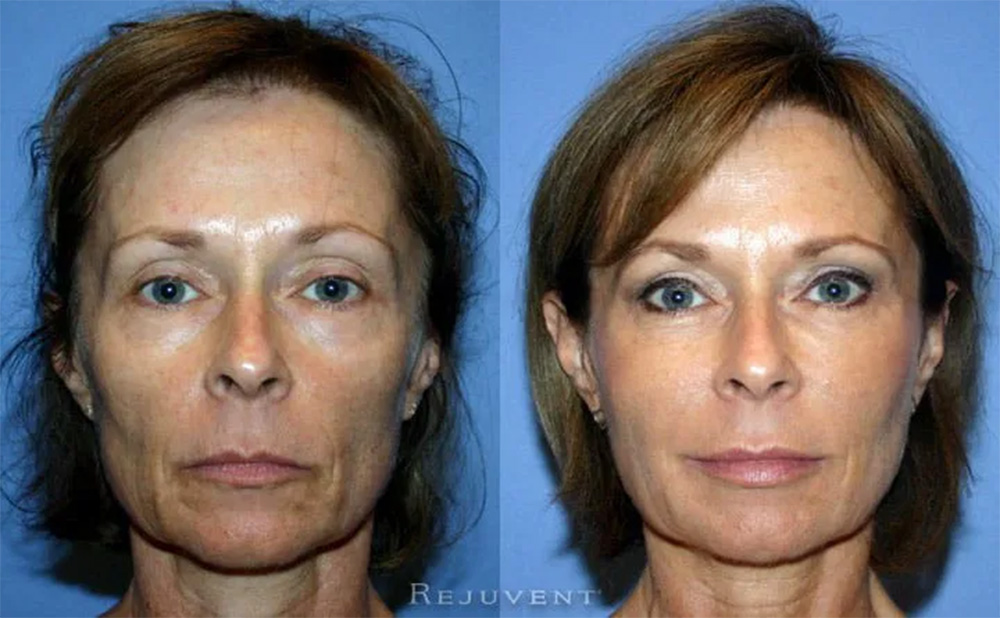
Core Products Used in Liquid Face Lift Treatments
Choosing the right combination of injectables is essential for a successful liquid face lift. Each product serves a distinct role in lifting, volumizing, and refining facial contours.
Here’s a breakdown of the most commonly used product categories and their functions:
- High G hyaluronic acid fillers: Products like Juvéderm Voluma XC, Restylane Lyft, and Teosyal Ultra Deep offer robust lifting capacity and are typically used in structurally demanding areas such as the cheeks, jawline, and temples. These fillers have higher viscosity and are injected into deeper layers to restore foundational volume and facial support.
- Soft or low G fillers: Fillers like Juvéderm Volbella XC, Belotero Balance, and Teosyal Redensity II are ideal for treating fine lines, tear troughs, and superficial volume loss. Their smooth consistency allows for seamless blending into delicate facial areas, ensuring natural results without lumpiness or overcorrection.
- Botulinum toxins: Agents like Botox, Dysport, and Azzalure are used to relax specific muscles that contribute to dynamic wrinkles. When combined with fillers, neuromodulators enhance lifting by reducing downward muscle pull and optimizing facial balance.
- Biostimulators: Products such as Sculptra (poly-L-lactic acid) and Radiesse (calcium hydroxylapatite) work by stimulating collagen production over time. These are ideal for patients with volume loss and skin thinning, offering longer-term rejuvenation effects when used in conjunction with hyaluronic acid fillers.
- Skin boosters and hydrators: Lightweight injectable hydrators like Profhilo or Restylane Skinboosters improve dermal hydration and elasticity. They are not true volumizers but play a supportive role by enhancing overall skin quality and glow.
A tailored combination of these products, based on patient anatomy and treatment goals, yields the most harmonious and lasting outcomes in liquid face lift procedures.
.jpg)
Injection Protocols and Technique Optimization
Refined injection protocols are crucial to achieving a natural, balanced result in a liquid face lift. Techniques must consider facial anatomy, product behavior, and the interaction between dynamic muscle movement and filler placement.
A structured and methodical approach enhances consistency and reduces the risk of complications:
- Midface anchoring: This is often the starting point of the procedure. Placing high G’ fillers along the zygomatic arch and in the deep medial cheek fat compartments reestablishes central facial support. Proper anchoring here lifts adjacent areas and reduces the heaviness of nasolabial folds.
- Lower face contouring: Enhancing the jawline, marionette lines, and chin improves lower facial definition and addresses early jowling. Linear threading or fanning techniques along the mandibular border can create a sharper profile and correct age-related volume descent.
- Perioral rejuvenation: Fine fillers are used around the mouth to soften vertical lip lines and enhance lip structure. Careful placement prevents over-bulking and preserves dynamic expression.
- Layered filler placement: Combining supraperiosteal and subcutaneous planes allows for optimal structural and aesthetic effect. Depth and product rheology must align - stiffer fillers go deeper, while softer ones are layered superficially.
- Safety techniques: Techniques such as aspiration before injection, slow and low-pressure delivery, and avoidance of high-risk zones (e.g., glabella, nasal tip) are critical to minimizing complications.
- Training and continuous education: Professionals can elevate their technique and treatment safety through complete aesthetic medicine training at HubMed Ed. These programs provide in-depth knowledge of anatomy, cannula vs. needle use, and advanced volumization strategies for different facial zones.
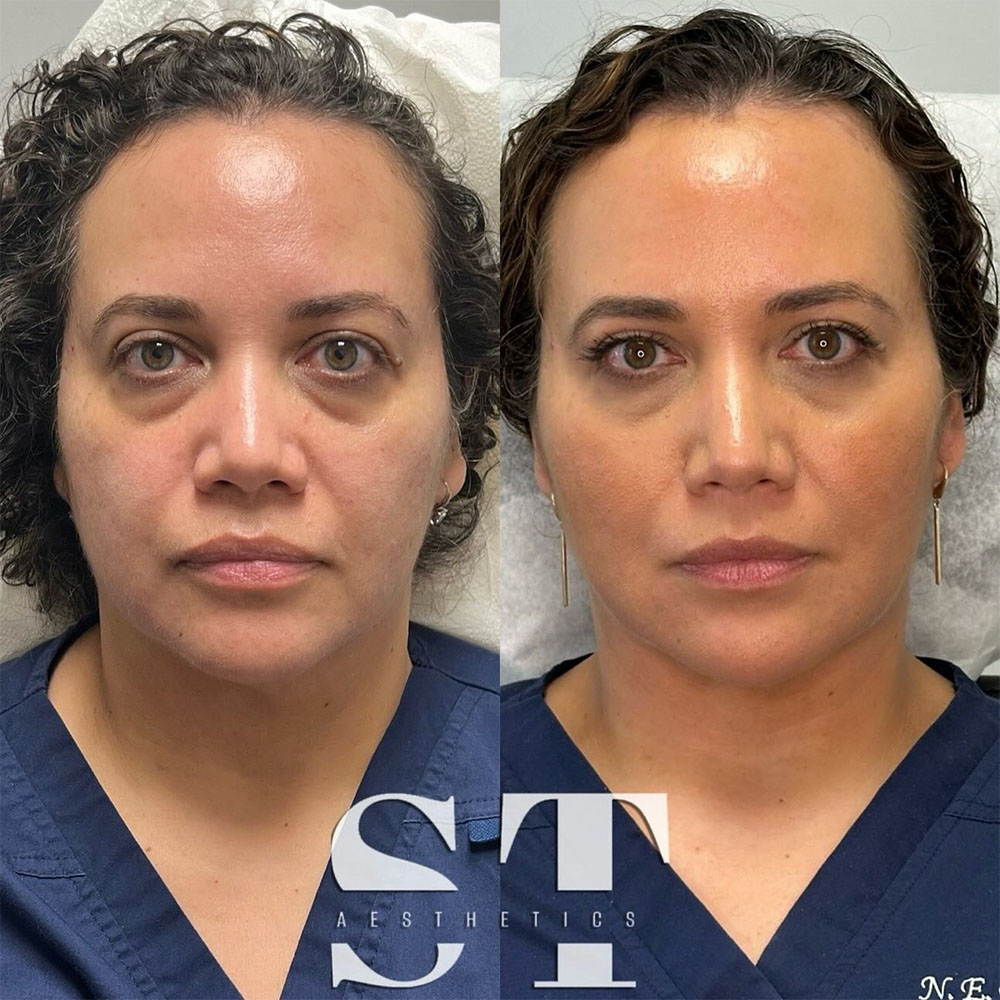
Patient Selection and Clinical Assessment
Careful patient selection is a cornerstone of safe and successful liquid face lift treatments. Aesthetic providers must evaluate a combination of facial anatomy, skin condition, medical history, and psychological readiness to determine:
- Ideal candidates: Best suited are patients with early to moderate signs of aging, such as mild sagging, volume loss, and fine lines, who are looking for subtle, non-surgical rejuvenation. They generally prefer minimal downtime and appreciate a gradual, natural-looking improvement.
- Contraindications and red flags: Patients with severe skin laxity or deep structural collapse may require surgical intervention instead. Red flags include unrealistic expectations, untreated autoimmune conditions, or previous adverse reactions to injectables. A complete health history and psychological screening help mitigate these risks.
- Customized planning: No two faces age the same way. Facial mapping and digital imaging tools can help tailor the treatment plan to a patient’s individual asymmetries, volume needs, and lifestyle preferences. Customization also includes discussing the scope of treatment, touch-up expectations, and aesthetic priorities.
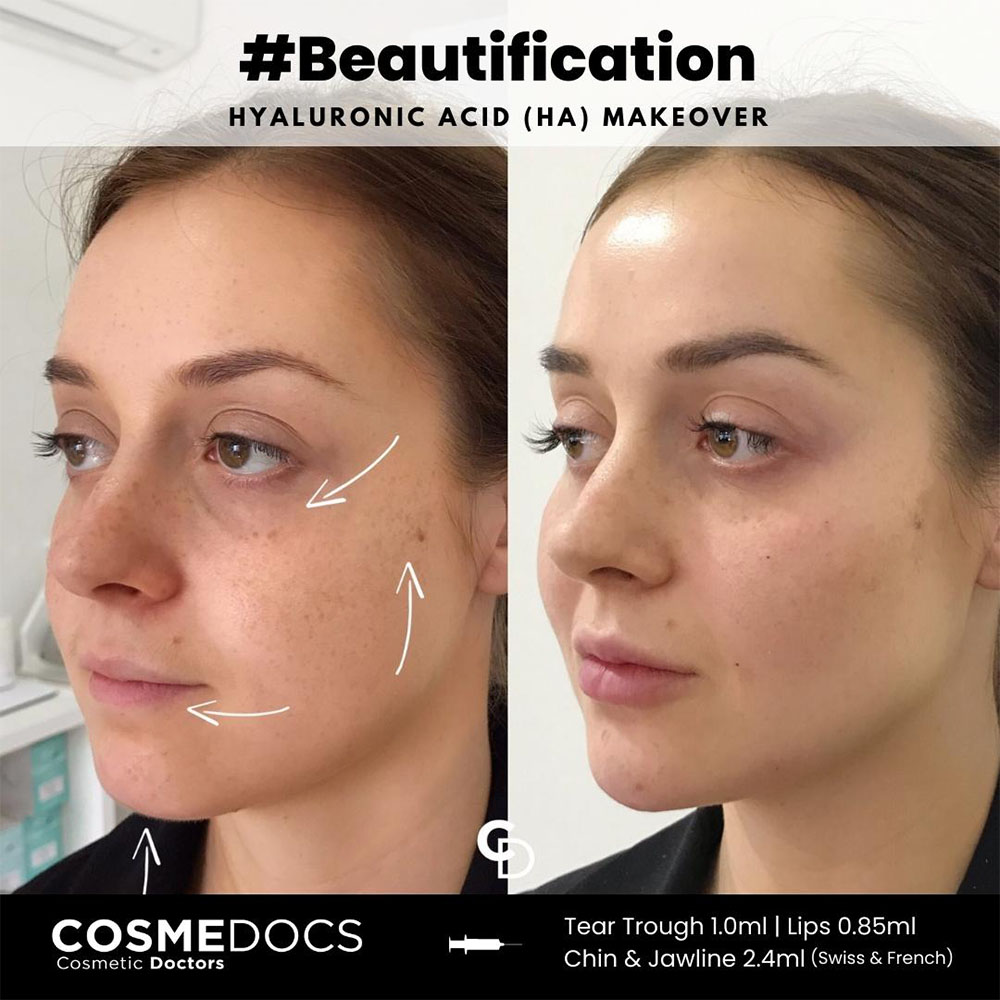
Expected Outcomes and Benefits of Liquid Face Lift Procedure
Liquid face lifts can deliver immediate and noticeable results, with improved facial contour, softened wrinkles, and restored balance across facial zones. Patients often report a fresher, less tired appearance with minimal downtime.
Beyond the physical enhancements, the psychological benefits are notable. Many patients experience increased confidence and emotional well-being following the procedure. To explore real-world transformations, review clinical outcomes in liquid face lift before and after galleries that showcase various techniques and approaches.

How Long Does the Liquid Facelift Last?
Longevity depends on the type of product used and the individual’s skin, metabolism, and lifestyle. Hyaluronic acid fillers typically last 6 to 18 months, neuromodulators 3 to 6 months, and collagen stimulators like Sculptra can persist for 12 months or more.
Maintenance protocols involve periodic touch-ups, integration of skincare, and the possible use of adjunctive treatments like energy-based devices or topical biostimulators. Educating patients on realistic timelines and post-care strategies can extend and enhance results.
Side Effects and Risks of Liquid Face Lift Treatments
Most patients experience minor side effects such as swelling, bruising, and tenderness at injection sites. Asymmetry and overcorrection may also occur, especially with less experienced injectors.
More serious complications, although rare, include vascular occlusion, infection, delayed nodules, or hypersensitivity. Explaining risks and signs of complications to patients before treatment is vital. Informed consent should always outline the procedure, products used, possible side effects, and what to expect during recovery.
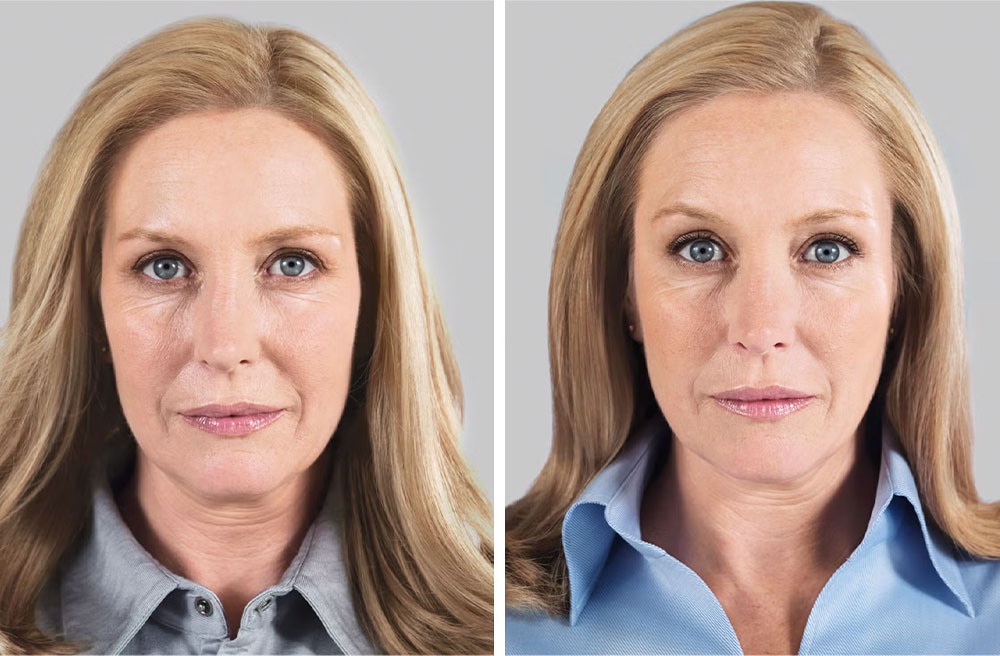
Integrating Liquid Face Lift into Practice
Liquid face lifts offer a strategic, customizable approach that fits within a wide range of clinical practices. Their non-invasive nature, instant results, and adaptability make them a popular option for aesthetic professionals and patients.
Success depends on thorough assessment, precision in technique, and ongoing education. Integrating new skills and protocols ensures the delivery of safe and effective results. Platforms offering continuous learning and certification, like HubMed Ed aesthetics masterclasses and video aesthetic training, play a key role in keeping practitioners up to date.
.jpg)
Final Considerations
The liquid face lift is more than a trend. It is a powerful technique that blends science, artistry, and patient care. Its non-invasive approach appeals to patients seeking rejuvenation without surgery, and when applied skillfully, it yields transformative results with minimal downtime.
To elevate clinical results and ensure safety, professionals should pursue hands-on training and certification through specialized learning platforms such as HubMed Ed. Continued education is the foundation of excellence in modern aesthetic medicine.
FAQs
What is a 5 point liquid facelift?
It refers to injecting dermal fillers into five strategic facial areas to achieve lift and contour. It’s a simplified variation of the more comprehensive 8-point technique.
What is the new undetectable facelift?
The undetectable facelift is a term used for advanced liquid face lift techniques that create natural results with subtle volume restoration, avoiding the overdone look.
How often do you need a liquid facelift?
Most patients need maintenance every 6–12 months, depending on the type of filler or neuromodulator used and the desired longevity of results.
What is the downtime for a liquid facelift?
Downtime is minimal. Most patients return to normal activities within 24–48 hours, although minor swelling or bruising can last a few days.
What brands are used in the liquid facelift?
Common brands include Juvéderm, Restylane, Botox, Dysport, Sculptra, and Radiesse. The choice depends on the treatment area and patient goals.
Does liquid facelift really work?
Yes, it provides noticeable lifting and volumizing effects when performed correctly. While not a substitute for surgery, it offers excellent results for the right candidate.
Is Sculptra a liquid facelift?
Sculptra is often part of a liquid facelift protocol due to its collagen-stimulating properties. It helps improve skin thickness and volume over time.
References:
- de Felipe I, Redondo P. The Liquid Lift: Looking Natural Without Lumps. J Cutan Aesthet Surg. 2015;8(3):134–138. doi:10.4103/0974-2077.167267. PMID: 26644735; PMCID: PMC4645141. https://pmc.ncbi.nlm.nih.gov/articles/PMC4645141/
- Piovano L. Liquid Face Lift. PMFA News. Published December 2014–January 2015. Accessed June 26, 2025. Available from: https://www.thepmfajournal.com/features/post/liquid-face-lift
- Ferguson S. What is a liquid facelift? Healthline. Published July 30, 2019. Accessed June 26, 2025. Available from: https://www.healthline.com/health/liquid-facelift
- Groth L. What is a Liquid Facelift? How It Works, Benefits, Risks, and Where to Get It Done. Everyday Health. Published September 4, 2024. Accessed June 26, 2025. Available from: https://www.everydayhealth.com/skin-beauty/what-is-a-liquid-facelift/
Disclaimer:
This article is intended for licensed medical professionals. All protocols, dosages, and treatment insights referenced herein are based on published literature. The content is not intended to encourage application, diagnosis, or self-treatment of unlicensed individuals, and should not be used as a substitute for the clinical judgment of a qualified healthcare provider.

